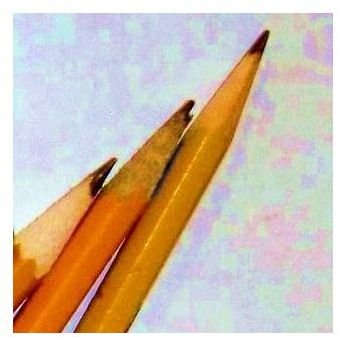Step-by-Step Guide to Drawing Inferences in Poetry: Reading Between the Lines
Making Poetry Inferences
Drawing inferences in poetry can be difficult for some students. You may have made inferences in literature in the past. However, making inferences in poetry can be a whole new ball game for some students.
Depending on your grade level, making inferences may be something your teachers have taught several times. Or, it is a concept that you still may need to grasp. Whatever the case may be, the following is some basic information and strategies to help you draw inferences in your next poetry assignment. Do not become overwhelmed just because you are dealing with poetry.
What are Inferences?
**
Drawing an Inference means making a prediction about information, figuring out something that the author does not tell you specifically and/or “reading between the lines.”
What does reading between the lines mean? It can mean that the author is hinting at something in the poem text. You will have to use the clues in the poem to figure out the whole meaning or specific information.
As some students have said in the past, the answer for the inference type questions will not be “right in front of you” in the text. Making inferences is a skill that takes some investigating, questioning and thinking.
A poet usually tries to say a great deal with little words. So, making inferences in poetry can sometimes be a difficult task.
Process of Drawing Inferences in Poetry
To help you understand the process of “reading between the lines” or using context clues to make inferences, an example question with a poem has been provided for you to “see” the process of making inferences.
Poem and Inference Questions
In the following lines of a haiku poem "Miserable Afternoon", you will need to infer the setting of the poem. Start by reading the poem carefully.
Crystals fall from trees
Wandering around numbers
Headstones tell little
Questions to Help Make Inferences
To help you figure out the setting of the poem, you first need to know what a setting is. You might already know that the setting usually deals with time and place.
You will need to generate questions to figure out the setting. Some questions that you can ask yourself are below:
- What time is it?
- What are crystals falling from the trees? Could it be a reference to the weather or water?
- What is a headstone? Where do you find headstones? What would headstones tell or reveal?
- What does the author mean about numbers? What is significant about numbers? Why are there numbers in a cemetery?
Once you have investigated and asked yourself those questions, what have you inferred? You could have inferred the following from the questions:
- The title of the poem tells that it is a “Miserable Afternoon.” This is not really making an inference, but this is a clue to part of the setting. The time of day is afternoon.
- Crystals could be a reference to snow or ice. So, you could infer that it is probably wintertime.
- Headstones are found in a cemetery. So, you can infer that the poem probably takes place in a cemetery. A headstone tells who is buried there. It is usually a stone marker that stands the test of time. The question remains where the cemetery is.
- What do the numbers have to do with a cemetery? If you do a little research, you might find that cemeteries that have grave markers or headstones with only numbers are sometimes found beside hospitals or asylums for the insane in years past. It was less costly to place a number on a stone instead of whole names and additional information.
Inference Answer
With all of this information that you have found with your inference investigation you might have come up with the following answer for the haiku poem "Miserable Afternoon."
The setting of the poem is a winter afternoon in a cemetery by a hospital or insane asylum. The specific time period or year the setting of the poem is not clear. It could be in the past or the present.
This information was gathered from the four basic questions that you used to understand and investigate poetry. It takes a little more time to figure out inference type questions; however, it can be an interesting task when you know the right strategies.
The next time you are presented with questions about drawing inferences in poetry, get ready to spend a little more time investigating and using clues in the poem to come up with the perfect answer. Poetry can be easy to understand when you spend the time.
References:
https://www2.scholastic.com/browse/lessonplan.jsp?id=836
https://www.studyzone.org/testprep/ela4/o/makinginferencel.cfm
https://users.resist.ca/~kirstena/pagegraves.html
https://www.forgottenoh.com/Ridges/ridges.html
-
Poem by Kellie Hayden: This poem is about the cemetery with numbered markers within the grounds of an insane asylum. It had several names: 1874-1911: Athens Lunatic Asylum 1911-1944: Athens Asylum for the Insane 1944-1968: Athens State Hospital 1968-1969. The buildings and grounds are now called The Ridges in Athens, Ohio near Ohio University.
-
Photo by Kellie Hayden
